It is difficult to imagine what this book would have looked like without the eloquent intermezzi and mornings of excellence with Sam Slote, the helpful suggestions of Luca Crispi and Stacey Herbert, the refreshing talks with Bert Bultinck and Geert Buelens, the encyclopedic gravities shared with Luc Herman, the computational and other support from Edward Vanhoutte, the opportunities to present the results of these investigations offered by Daniel Ferrer, Almuth Grsillon, and Vivian Liska, the transcription sessions and advice from Nathalie Mauriac Dyer and Bernard Brun at the Centre d'tudes proustiennes, the efficient assistance of Martina Peter and the whole staff at the Thomas Mann Archive in Zurich, the stimulating correspondence with Peter Shillingsburg, George Bornstein, Mats Dahlstrm, Hans Walter Gabler, Marcel De Smedt, Almuth Grsillon, G. Thomas Tanselle, and Hans Zeller, the encouragements of experienced Joyceans and scholars such as Joe Schork, Fritz Senn, Bill Cadbury, David Hayman, Robert Bertholf, Joris Duytschaever, Vincent Deane, the stimulating exchange of ideas with Ingeborg Landuyt, Wim Van Mierlo, Erika Rosiers, Laurent Milesi, Finn Fordham, Greg Downing, Mikio Fuse, Robbert-Jan Henkes, Erik Bindervoet, Liesbeth Van Gool, and Aida Yared, the interest shown by Bodo Plachta, Peter Robinson, H. T. M. van Vliet, the fruitful workshops with Adriaan van der Weel, the unparalleled support of my parents, the necessary distraction offered with great enthusiasm by Oscar and Lina, and the endless patience of the annaliviest of plurabelles, Isabelle Sevens. But one thing is certain: the resulting Textual Awareness would be inexistent without the interest in genetic criticism aroused by Geert Lernout's radical love of the word, his truly Bloomian empathy, and his unremitting support and advice.
Abbreviations and
Transcription Conventions
MARCEL PROUST
RTP: la recherche du temp perdu. Quotations are taken from the second Pliade edition, edited by Jean-Yves Tadi, 4 vols. Paris: Gallimard, 1987. Whenever comparisons are made with other editions, the full bibliographical reference is indicated.
Remembrance: Remembrance of Things Past. Translated passages are quoted from the translation by C. K. Scott-Moncrieff, revised by Terence Kilmartin, 3 vols. London: Penguin, 1989.
Corr.: Marcel Proust. Correspondance. Ed. Philip Kolb. 21 vols. Paris: Plon, 1970-93.
THOMAS MANN
GW: Gesammelte Werke in dreizehn Bnden. Frankfurt am Main: Fischer Taschenbuch, 1990.
NK: Notizenkonvolut: notes for Doktor Faustus preserved in the Thomas Mann Archive, Zurich.
NB: Notizbcher. Ed. Hans Wysling and Yvonne Schmidlin. 2 vols. Frankfurt am Main: Fischer, 1991. The abbreviation is followed by the number of the notebook and the original page number.
TB: Tagebcher. Ed. Peter de Mendelssohn and Inge Jens. Frankfurt am Main: Fischer, 1979-95. The abbreviation is followed by the date of the entry.
JAMES JOYCE
FW: Finnegans Wake. Quotations are taken from the first Faber and Faber paperback edition in which Joyce's errata are incorporated (1975). The quotations are indicated by means of the abbreviation FW, followed by the page and line numbers. Whenever comparisons are made to the first edition (1939), the bibliographical reference is indicated.
FDV: The first drafts of each section of Finnegans Wake were transcribed by David Hayman in his invaluable edition A First Draft Version of Finnegans Wake.London: Faber and Faber, 1963.
JJA: The James Joyce Archive, facsimile edition of Joyce's manuscripts, edited by Michael Groden, Hans Walter Gabler, David Hayman, A. Walton Litz, and Danis Rose. The abbreviation is followed by volume and page number.
BL: British Library, followed by manuscript number and, in some instances, a folio number.
BL Add.: British Library, Additional Manuscript, followed by manuscript number and, in some instances, a folio number.
Letters: Letters of James Joyce. Vol. 1, ed. Stuart Gilbert. Vol. 3, ed. Richard Ellmann. London: Faber and Faber, 1957, 1966.
TRANSCRIPTION CONVENTIONS
In spite of Jean-Louis Lebrave's convincing arguments for diplomatic transcriptions (L'dition gntique 214), the purposes of this genetic study justify a reduction to a textual model in the form of a linear transcription, with a minimum of diacritical signs, indicating overwritings (immediately following the word or letter over which the substitution was written), ^additions^, [uncertain readings], or [illegible words)].
The James Joyce Archive's draft catalog system is used to refer to a specific draft stage in Finnegans Wake: for example, I.52.*0 = book I, chapter 5, section 2, first draft; the asterisk indicates an autograph document. The transcription of Joyce's notebook entries is based on the conventions of the edition of The Finnegans Wake Notebooks at Buffalo, ed. Vincent Deane, Daniel Ferrer, and Geert Lernout (Turnhout: Brepols, 2001). A sample may help clarify these conventions: randbut / randor (VI.B.46:48). Each entry (andbut/andor) is followed by the number ofthe notebook (VI.B.46) and the page number (48). The slash (/) indicates that words on successive lines are part of one and the same unit. Joyce used to delete an entry with a color crayon when he decided to incorporate it in the text of Work in Progress. The color of these cancellations is indicated by a superscript letter (b = blue, bk = black, br = brown, g = green, o = orange, p = purple, r = red, y = yellow) preceding the canceled unit.
Introduction
GENETIC CRITICISM AND THE CRISIS OF THE NOVEL
We should be seriously disturbed by the lack of contact between literary critics and textual critics. Every practising critic, for the humility of his soul, ought to study the transmission of some appropriate text.

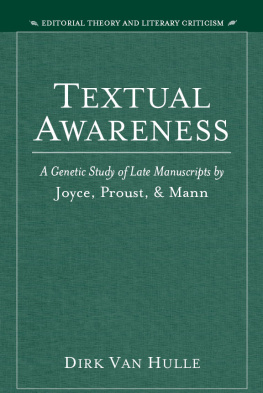

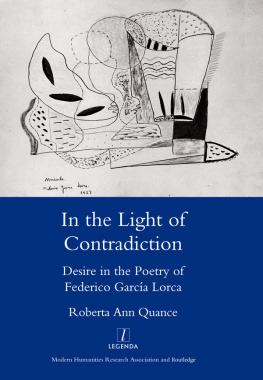
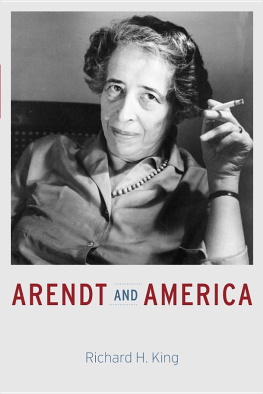
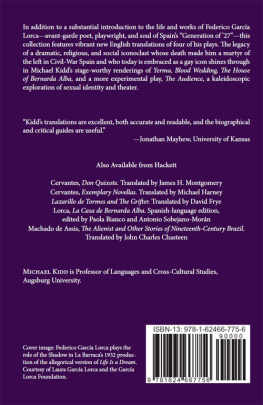

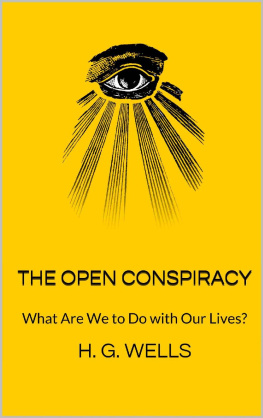
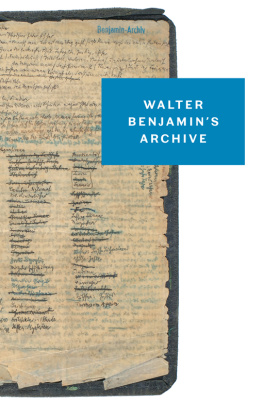
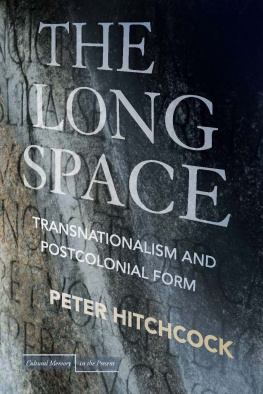

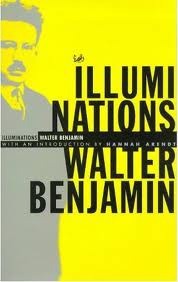
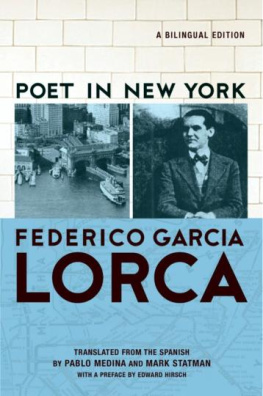

 Printed on acid-free paper
Printed on acid-free paper